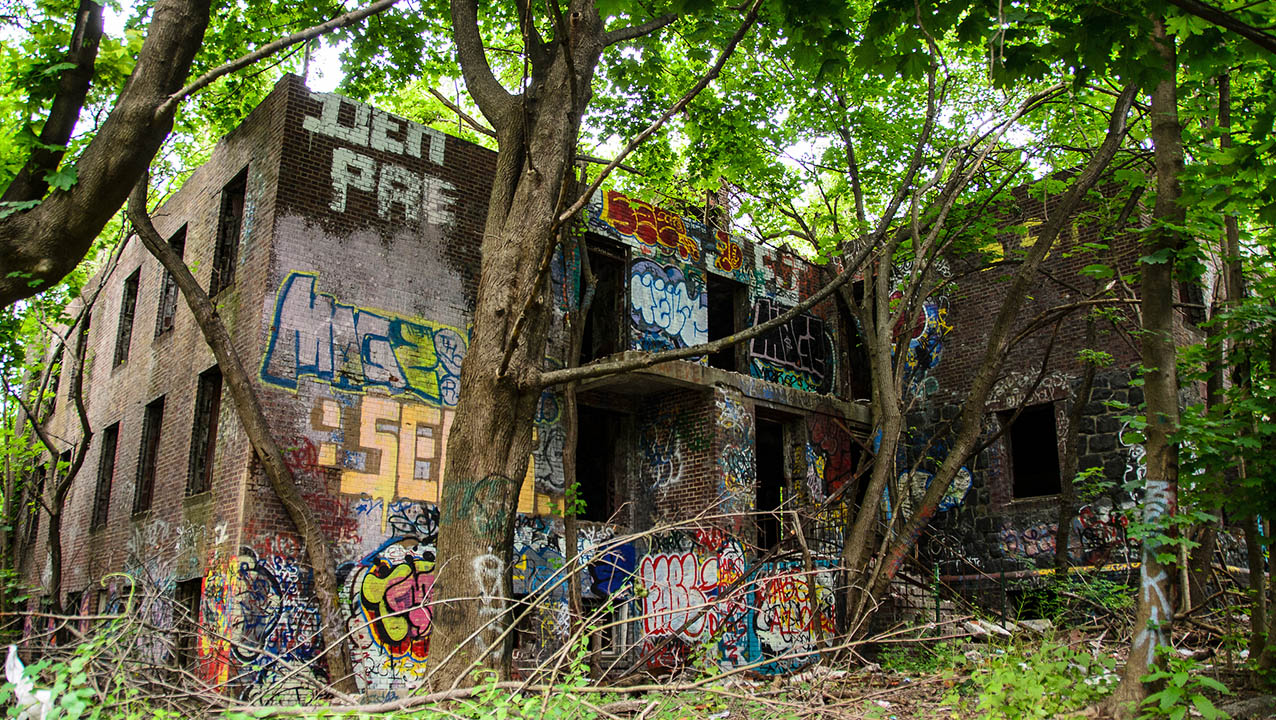CityLab reported on the results of an interesting study that found a correlation between urban tree canopy (UTC), which is roughly the density of trees in a neighborhood, and neighborhood median income. The study, published in the journal PLOS One and led by Kirsten Schwarz, assistant professor of biology at Northern Kentucky University, compared high-resolution overhead images of tree cover with census data in neighborhoods in New York, Baltimore, Los Angeles, Philadelphia, Raleigh, Sacramento, and Washington, D.C. Schwarz and company found that “across all cities there is a strong positive correlation between UTC cover and median household income.” In other words: the poorer the neighborhood, the fewer the trees.
This speaks to the negative impacts of income inequality. CityLab writes,
This taps into a major, often unspoken, concern when it comes to planting in disadvantaged neighborhoods: Trees aren’t always an amenity. When it’s up to residents to take care of their trees—even ones that are put there by the municipality—it can be a cost and time burden, especially in places where water comes at a premium.
The benefits of having a lot of trees in a neighborhood are well-documented, and improved city planning about tree canopy could be one simple way to help make impoverished neighborhoods more livable.
(Photo: Axel Taferner)



